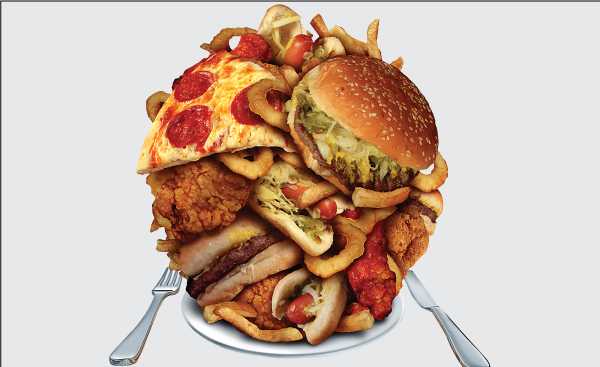TRANS-FATS The most dangerous FAT

It’s difficult to know how much of artery damaging trans fats you are really eating as most are hidden in processed foods. Here is how to spot the dangers.
There is a dangerous amount of trans fats hidden in many of our favourite prepared and processed foods. Hidden trans-fats would not be such a big deal if they were not so damaging to your cardiovascular system. Like saturated fats, trans fats increase LDL cholesterol (the “bad” kind), escalating the risk of heart attacks and strokes. But trans fats may do even more damage. Some research suggests that they also lower levels of HDL cholesterol, the type that helps keep arteries clean. They essentially stick in your arteries more than other types of fats. A study conducted by the Harvard School of Public Health found strong evidence that trans-fat consumption substantially increases the risk of coronary heart disease.
So how much trans fat is too much? Even small increases in trans fat consumption appear to elevate heart disease risk, and there is no safe limit. The general recommendation is that trans fat consumption be kept as low as possible. Although trans fats are found in small amounts naturally (primarily in some animal- based foods), almost all of what we get in our daily diets are manufactured. They are created when food makers add hydrogen to vegetable oil, a process called hydrogenation, which turns liquid oils into stable, long-lasting solids, such as shortening and margarines. If you see “partially hydrogenated vegetable oil” on an ingredient list, you know the food contains trans fats.
Hydrogenated vegetable oils are an effective way to make crackers and biscuits crunchy, French fries crispy, cookie fillings creamy and frozen foods more flavourful, and are therefore loved by the food industry. But it is not just fried foods; processed baked goods and bread spreads also harbour trans fats. These may include some breakfast cereals, frozen desserts and packaged pudding snacks. Some seemingly healthful foods like peanut butter and even some baby foods may contain trans fats.
Though it is important to pay attention to your trans fat intake, you shouldn’t avoid every single gram of trans fat at the expense of raising your saturated fat intake. Most diets contain more saturated fats than trans fats, so it is important to keep a watch on both. Experts recommend restricting these artery-clogging fats to less than 10 per cent of total daily calories. For many, that’s a tall order because you can get a day’s worth of trans and saturated fats in a single sitting. For example, if you consume a cheeseburger with a milk shake or hot chocolate and French fries, you are already well above the daily recommend intake.
But even if you never set foot in fast- food joints that serve foods prepared with trans fats, you can still run up your trans fat numbers. If, for example, you have cereals for breakfast with full cream milk, buttered toast, baked beans, bacon, sausage and egg, you may have already consumed way beyond your daily-recommended intake. Your best bet is to eat home made fresh foods consisting of lots of fruit and vegetables and cooked with healthy oils such as olive. Keep processed foods to a limit. Keep away from biscuits, cookies and supermarket cakes and desserts.
Published in January 2015




